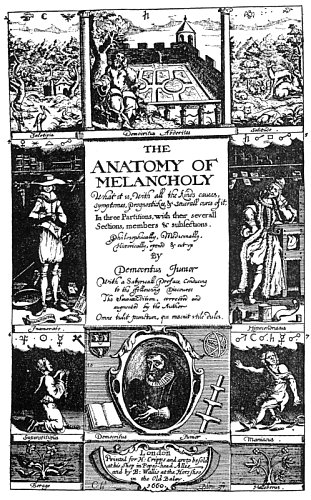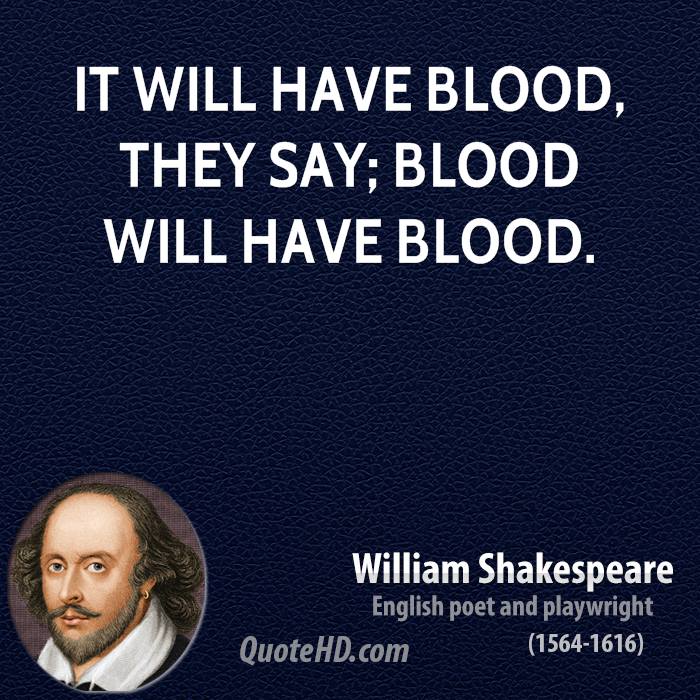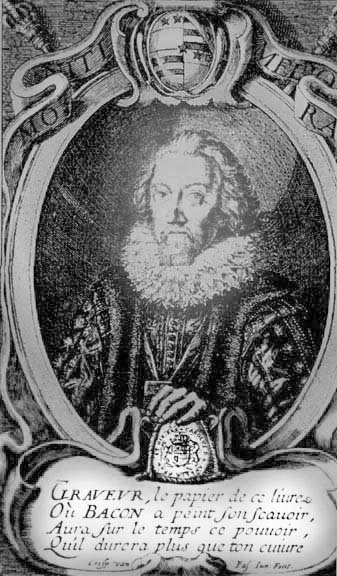The philosophic ideals promulgated throughout the Shakespearian plays distinctly demonstrate their author to have been thoroughly familiar with certain doctrines and tenets peculiar to Rosicrucianism; in fact the profundity of the Shakespearian productions stamps their creator as one of the illuminati of the ages. Most of those seeking a solution for the Bacon-Shakespeare controversy have been intellectualists. Notwithstanding their scholarly attainments, they have overlooked the important part played by transcendentalism in the philosophic achievements of the ages. The mysteries of superphysics are inexplicable to the materialist, whose training does not equip him to estimate the extent of their ramifications and complexities. Yet who but a Platonist, a Qabbalist, or a Pythagorean could have written The Tempest, Macbeth, Hamlet, or The Tragedy of Cymbeline? Who but one deeply versed in Paracelsian lore could have conceived, A Midsummer Night’s Dream?
Father of modern science, remodeler
HEADPIECE SHOWING LIGHT AND SHADED A’s.
From Shakespeare’s King Richard The Second, Quarto of 1597. The ornamental headpiece shown above has long been considered a Baconian or Rosicrucian signature. The light and the dark A‘s appear in several volumes published by emissaries of the Rosicrucians. If the above figure be compared with that from the Alciati Emblemataon the following pages, the cryptic use of the two A’s will be further demonstrated.
THE TITLE PAGE OF BURTON’S ANATOMY OF MELANCHOLY.
From Burton’s Anatomy of Melancholy. Baconian experts declare Burton’s Anatomy of Melancholy to be in reality Francis Bacon’s scrapbook in which he gathered strange and rare bits of knowledge during the many years of eventful life. This title page has long been supposed to contain a cryptic message. The key to this cipher is the pointing figure of the maniac in the lower right-hand corner of the design. According to Mrs. Elizabeth Wells Gallup, the celestial globe at which the maniac is pointing is a cryptic symbol of Sir Francis Bacon. The planetary signs which appear in the clouds opposite the marginal figures 4, 5;, 6, and 7 signify the planetary configurations, which produce the forms of mania depicted. The seated man, with his head resting upon his hand. is declared by Baconian enthusiasts to represent Sir Francis Bacon.
p. 166
of modern law, editor of the modem Bible, patron of modem democracy, and one of the founders of modern Freemasonry, Sir Francis Bacon was a man of many aims and purposes. He was a Rosicrucian, some have intimated the Rosicrucian. If not actually the Illustrious Father C.R.C. referred to in the Rosicrucian manifestoes, he was certainly a high initiate of the Rosicrucian Order, and it is his activities in connection with this secret body that are of prime importance to students of symbolism, philosophy, and literature.
Scores of volumes have been written to establish Sir Francis Bacon as the real author of the plays and sonnets popularly ascribed to William Shakespeare. An impartial consideration of these documents cannot but convince the open-minded of the verisimilitude of the Baconian theory. In fact those enthusiasts who for years have struggled to identify Sir Francis Bacon as the true “Bard of Avon” might long since have won their case had they emphasized its most important angle, namely, that Sir Francis Bacon, the Rosicrucian initiate, wrote into the Shakespearian plays the secret teachings of the Fraternity of R.C. and the true rituals of the Freemasonic Order, of which order it may yet be discovered that he was the actual founder. A sentimental world, however, dislikes to give up a traditional hero, either to solve a controversy or to right a wrong. Nevertheless, if it can be proved that by raveling out the riddle there can be discovered information of practical value to mankind, then the best minds of the world will cooperate in the enterprise. The Bacon-Shakespeare controversy, as its most able advocates realize, involves the most profound aspects of science, religion, and ethics; he who solves its mystery may yet find therein the key to the supposedly lost wisdom of antiquity.

Moe is the founder of GnosticWarrior.com. He is a father, husband, author, martial arts black belt, and an expert in Gnosticism, the occult, and esotericism.





![How the South Saxons received Eadbert and Eolla, and the West Saxons, Daniel and Aldhelm, for their bishops; and of the writings of the same Aldhelm [705 A.D.] | Book 5 | Chapter 17 How the South Saxons received Eadbert and Eolla, and the West Saxons, Daniel and Aldhelm, for their bishops; and of the writings of the same Aldhelm [705 A.D.] | Book 5 | Chapter 17](https://www.gnosticwarrior.com/wp-content/plugins/contextual-related-posts/default.png)